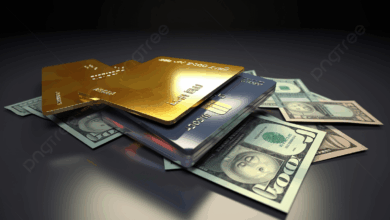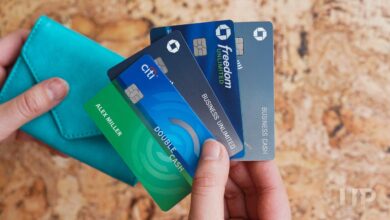Debt Freedom Strategies: Clear Your Financial Slate
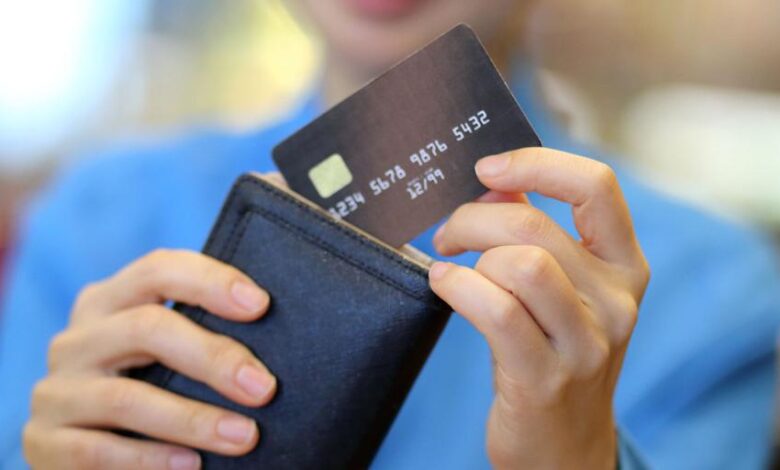
The burden of debt, particularly high-interest consumer debt like credit card balances and unsecured personal loans, often feels like a relentless weight, a financial ball and chain that stifles both opportunity and peace of mind.
Many individuals find themselves paralyzed by the sheer size and complexity of their debt load, unsure of where to even begin the arduous process of repayment, often defaulting to just making minimum payments which only prolongs the suffering.
It’s a common misconception that paying off debt is solely a mathematical problem; in reality, debt elimination is an integrated challenge requiring a blend of smart financial calculation, intense behavioral modification, and psychological resilience.
Successfully navigating this journey is not about finding one magical solution; it’s about committing to a comprehensive strategy that attacks the principal aggressively while simultaneously closing off the spending habits that created the debt in the first place.
By adopting a systematic, prioritized approach to repayment, you can transform what feels like an impossible mountain into a series of manageable, achievable steps.
This commitment to debt freedom is the most financially empowering decision you can make, freeing up your monthly income to finally build wealth, invest in your future, and achieve genuine financial security without the constant drain of interest payments.
I. The Critical First Step: Stopping the Bleeding
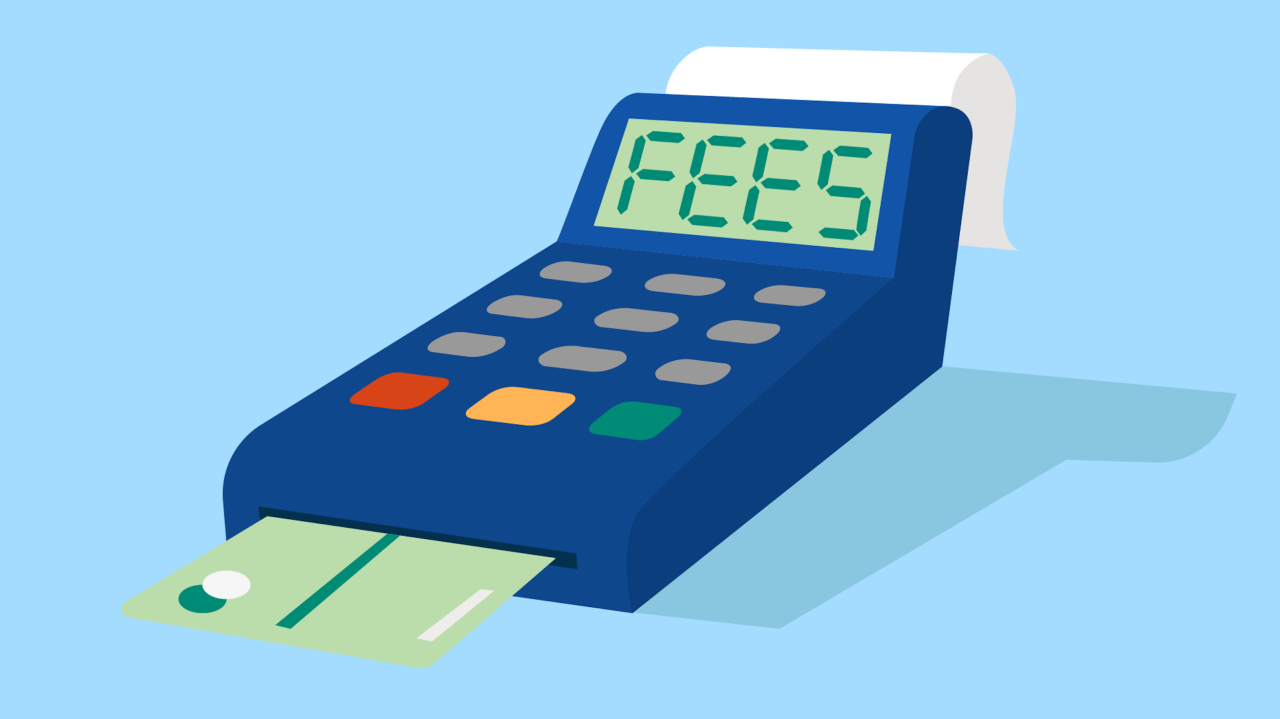
Before any repayment strategy can be successful, you must immediately address the root cause of the debt: the constant accrual of new debt.
A. Immediate Halt on New Credit
The absolute non-negotiable first step is to stop using all forms of high-interest credit. Put away or, better yet, physically freeze your credit cards in a block of ice to introduce friction into any impulse spending decision.
B. Commit to Cash or Debit Only
For all daily expenses—groceries, gas, entertainment—commit to using only cash or a debit card. This forces you to spend money you actually have, creating an immediate, tangible awareness of your limits.
C. Establish a Mini-Emergency Fund
Before dedicating every spare dollar to debt, save a small $1,000 to $2,000 “starter” emergency fund. This fund acts as a crucial barrier, preventing unexpected minor expenses (like a flat tire or a small medical co-pay) from pushing you back onto your credit cards.
D. Calculate Your True Debt-Free Date
Gather every single debt statement and use an online calculator to determine how long it will take to pay off your debt if you only make the minimum payments. This number is often shockingly long (e.g., 20+ years), providing the necessary emotional motivation to start an aggressive payoff strategy.
II. Choosing Your Attack Strategy: Snowball vs. Avalanche
There are two primary, proven methods for tackling multiple debts, each appealing to a different psychological motivator.
A. The Debt Snowball Method (The Psychological Win)
This method prioritizes quick, motivating wins by ignoring the interest rate and focusing on the smallest balance first.
- A. List All Debts by Balance: Order all your debts from the smallest total balance to the largest. Ignore the interest rate completely.
- B. Attack the Smallest Debt: Pay the minimum required payment on all debts except the smallest one. Throw every single extra dollar you can find at the smallest debt.
- C. Roll the Payment: Once the smallest debt is paid off (a major psychological victory), take the full amount you were paying on that debt and roll it into the payment of the next smallest debt.
- D. Maintain Momentum: The payment amount “snowballs” as you move up the list, allowing you to pay off larger and larger debts faster. Best for people who need quick motivation to stay on track.
B. The Debt Avalanche Method (The Mathematical Win)
This method prioritizes maximizing interest savings, saving you the most money overall. It requires more discipline as the initial wins take longer.
- A. List All Debts by APR: Order all your debts from the highest Annual Percentage Rate (APR) to the lowest. The balance size is irrelevant.
- B. Attack the Highest-Interest Debt: Pay the minimum required payment on all debts except the one with the highest APR. Allocate all extra funds to that highest-rate debt.
- C. Roll the Payment: Once the highest-APR debt is paid off, take the full amount you were paying and apply it to the debt with the next-highest APR.
- D. Maximize Savings: Repeat until all consumer debt is eliminated. Best for people who are analytically motivated and prioritize efficiency.
III. Freeing Up Cash Flow: The Debt-Attacker’s Budget
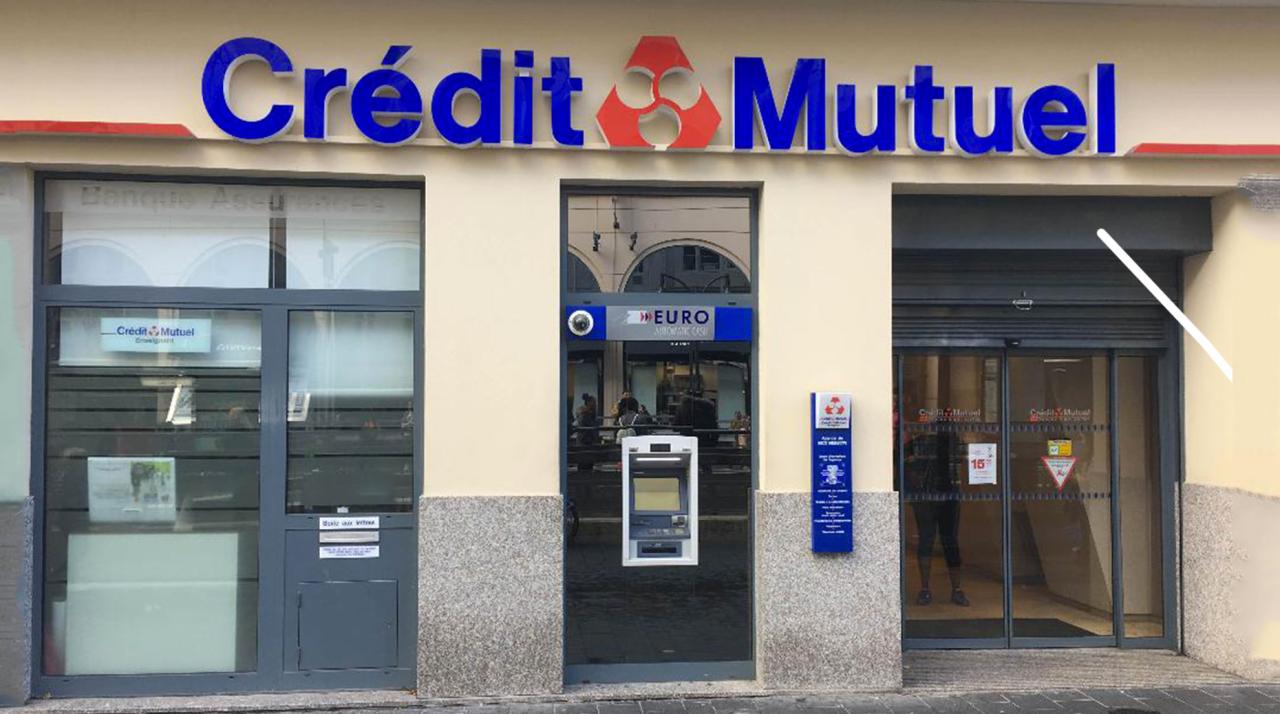
To succeed with either the Snowball or Avalanche method, you need to find an extra source of cash flow to accelerate your principal payments. This requires a temporary shift to an aggressive budget.
A. The “Financial Fast”
Implement a temporary, extreme budget reduction for a set period (e.g., 90 days or 6 months). This means drastically cutting non-essential spending: no dining out, no new clothes, no expensive entertainment, and only paying for essential utilities and food.
B. Ruthless Subscription Audit
Review your bank statements and cancel every single non-essential monthly recurring subscription—streaming services, app memberships, gym contracts you rarely use. Dedicate 100% of these saved fees to the debt principal.
C. Sell Unused Assets
Declutter your home and sell any possessions you no longer need, such as electronics, excess furniture, or designer clothing. Every $100 earned from selling goes straight onto the highest-priority debt.
D. Negotiate Your Rates
Do not accept your current interest rate or bills.
- A. Call Credit Card Companies: Call the debt issuers and politely request a lower APR (Annual Percentage Rate), mentioning your commitment to paying off the debt and your excellent recent payment history.
- B. Review Recurring Bills: Negotiate lower rates on insurance policies, phone plans, and cable/internet bills by asking for retention deals or mentioning competitor offers.
E. Find a Side Hustle
Temporarily take on extra work (a “side hustle”), such as freelance projects, delivering food, or working extra hours. Commit to putting 100% of the side income directly onto the debt principal.
IV. Advanced Debt Tactics and Tools
Once you have a solid strategy and extra cash flow, these tools can further accelerate the process.
A. Balance Transfers (Use with Extreme Caution)
A 0% APR balance transfer credit card can be a powerful tactic. You move your high-interest debt to the new card, which offers a promotional interest-free period (typically 12 to 21 months).
- A. Pay the Fee: Be aware of the transfer fee (usually 3% to 5% of the transferred amount), but this is often cheaper than months of high interest.
- B. Commitment: You must commit to paying the entire transferred balance off before the promotional 0% period ends, or the deferred high interest will kick in.
- C. No New Spending: Cut up the original high-interest cards and do not use the new 0% card for any new purchases.
B. Debt Consolidation Loan
Obtain a fixed-rate personal loan (often from a credit union) with a significantly lower APR than your credit card debt. Use the loan funds to pay off all the high-interest revolving credit immediately. This simplifies repayment to a single, lower monthly payment and converts the high-APR revolving debt into a predictable installment loan.
C. The Bi-Weekly Payment Hack
If you are paid every two weeks, split your monthly required payment into two halves and pay half every two weeks. You will make one extra payment per year (26 half-payments equals 13 full payments), which can significantly shorten the repayment term and reduce total interest paid.
D. Avoid Retirement Raids
Never borrow from your 401(k), retirement fund, or brokerage account to pay off consumer debt. You lose the benefit of compounding growth, face high tax penalties, and risk further financial devastation if you lose your job. The pain of the debt is the motivation to eliminate it through cash flow, not by stealing from your secure future.
V. The Psychological Discipline of Debt Freedom
Maintaining motivation is the single hardest part of the long debt-payoff journey.
A. Visualize the Goal
Create a visual debt tracker, such as a printed “debt thermometer” or a large whiteboard chart. Color in the progress every time you make an extra payment. Seeing the progress physically is incredibly motivating.
B. Celebrate Non-Financially
When you pay off a small debt or reach a major milestone (e.g., paying off $5,000), celebrate the achievement with a low-cost reward like a celebratory movie night, a long hike, or a special meal cooked at home. Avoid rewarding yourself with spending.
C. Focus on Your “Why”
Keep a constant reminder of why you are doing this—to fund your future, to travel, to buy a home, or simply to reduce stress. Your long-term why must be more powerful than your short-term desire to buy something new.
D. The Accountability Partner
Share your specific debt amounts and payoff plan with a trusted, non-judgmental accountability partner (a spouse, friend, or financial coach). Their encouragement and occasional check-ins help prevent slippage and keep you focused.
VI. Life After Debt: Permanent Financial Health
Once the consumer debt is gone, the real financial work begins: maintaining freedom and building wealth.
A. Fully Fund Your Emergency Reserve
Immediately redirect all the cash flow previously used for debt payments into completing your full three-to-six-month emergency fund.
B. Save Cash for Big Purchases
Implement a strict “cash-only” rule for future major purchases like a vacation or a new car.
C. Implement a Zero-Tolerance Policy
Commit to never carrying a balance on a credit card again.
D. Invest Aggressively
Redirect the powerful cash flow into tax-advantaged investment accounts (401k, IRA, brokerage).
E. Budget for Happiness
Ensure your new budget includes dedicated, guilt-free spending on things that truly bring you value and joy.
Conclusion
Successfully executing a debt payoff strategy is a profound act of self-empowerment and control. It requires a temporary period of focused financial intensity and discipline.
The systematic use of methods like the Snowball or Avalanche accelerates your path to zero principal balance. Aggressively increasing your cash flow through side hustles and expense reduction is the financial fuel for this strategy.
The true reward is not the money saved on interest, but the permanent feeling of security and the vast increase in your financial options. This journey transforms you into a powerful wealth builder, ensuring your future is protected from the anxiety of high-interest obligations.

